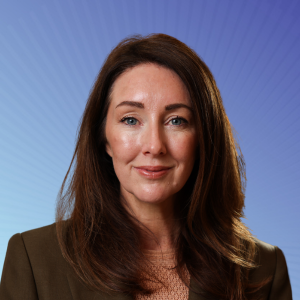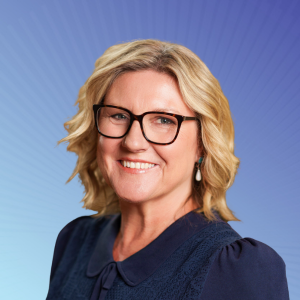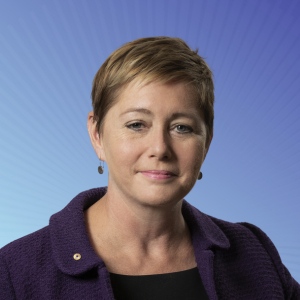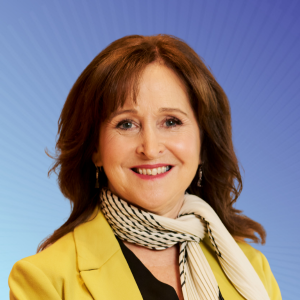Traditionally the main challenge for funds is how to gain the attention of members whose senses are thought to be dulled by the compulsory nature of the system. Those who, unless they are approaching retirement, are little inclined to grapple with what may seem very technical and complex with benefits far away in the future.
However the recent Protecting Your Super (PYS) changes and the communication campaigns the industry ran to explain them—both targeted and the ASFA general public awareness campaign—demonstrated that members are conscious of their superannuation benefits. And, that they will respond if they feel them to be under threat.
With that in mind, I thought I would take this opportunity to outline a few of the insights we gained into member engagement both from the Protecting Your Super experience in general, and the public awareness campaign itself.
1. Know your members
The first, and often the most difficult for superannuation trustees, is the need to know your members, even if that just means knowing how to contact them. I understand these obstacles which can derive initially from the often scanty information provided by employers or later from members who fail to keep funds updated on changes of address.
Lost or uncontactable members were one of the target audiences for the PYS public awareness campaign. By encouraging members to check their super, I am sure one of the beneficial side-effects of the campaign was an increase in the number of members updating their addresses.
Correcting the broader knowledge or data deficit will be an enormous task but there are encouraging signs. Increasingly sophisticated and innovative technology will support analysis of member needs and aspirations through data drawn from administration and client relation systems, social media, and web activity. This is matched by the increasing capability of the ATO’s MATS and MAAS data records which will increasingly provide an alternative source of insight into your membership profile.
Whether it is reasonable or not, the Government and the regulators are already pushing us in this ‘know your client’ direction. The legislated member outcomes assessment and the related APRA prudential standard the most recent examples. It will be necessary to deepen our knowledge of our memberships to help us demonstrate we are providing value to our members.
2. Trust your consultants
The PYS public awareness campaign was a good reminder that if you’re outsourcing to a consultant trust their judgment. In the PYS campaign, because we had so little time, we needed to get people’s attention and then move to the specifics. So many messages at the start had the potential to confuse or distract, so we started with superannuation alone (When did you last check your super?), a concept with which most people are familiar. Once the member was hooked, we moved to the message that changes were afoot. And finally, to the subject of insurance. Many of us initially found this approach counterintuitive but fortunately we deferred to our communications agency. I’m convinced that the success of the campaign flowed largely from this decision.
3. Targeting brings results
The third insight was the benefit of targeting which was achieved through funds’ individual campaigns. While the PYS public awareness campaign was not targeted, it was designed to resonate with funds’ individual campaigns. The combination proved to be enormously effective. Quite apart from the PYS campaign’s engagement results which were very high, the response rate and the number of members opting in for insurance for the PYS changes was much higher than for other comparable campaigns. We estimate that across the industry the opt-in rate was 17 per cent, with the rate for individual funds ranging from 7 per cent to 40 per cent, and the overall response rate including members who decided not to opt in or who found they were not affected was even higher. I think this was due in large part to the fact that the information and the choice put before members was of direct relevance to them.
4. Australians value their super
The final lesson, drawn mainly from the public awareness campaign, was that Australians are more engaged with their superannuation than they’re often given credit for, even if only passively. They may not understand the technicalities and they may never contact their funds. But they are conscious that in the background a benefit is accumulating for them to use in retirement, or earlier if things go wrong. And when these benefits are threatened, they will act. The campaign couldn’t have cut through in the way it did if this were not the case. As the system matures and account balances continue to grow, this level of quiet engagement is likely to strengthen.
I hope you are able to make it to the Spotlight on Member Engagement later this month where I, and Brannon Valmadre from Illuminate, will share further insights and metrics about the PYS campaign. I look forward to seeing you there.





































